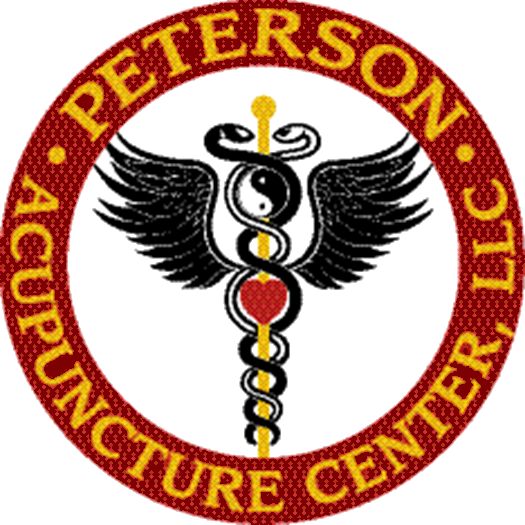Acupuncture
Acupuncture is a scientific paradigm of functional medicine formulated and evolved over several millennia. It views the individual as a whole entity inclusive of his/her relationships to other individuals, other systems (family, profession, job, environment, etc.). Acupuncture uses very fine (some needles are the diameter of a cat’s whisker), sterile, disposable needles to remove blockages of functional energy flow (called “Qi” in Chinese, “Ki” in Japanese) and promote the body’s natural healing ability. It is a safe and effective way to treat a wide variety of medical problems without the adverse side effects so often provided by pharmaceutical medicine.
Cupping
Cupping is a therapy that uses specialized glass, bamboo, or plastic cups to stimulate circulation of blood, healing body fluids (e.g., lymph), and energy in superficial muscle layers to promote healing. A vacuum is created under the cup by heat or suction that helps warm the area and move blood and remove toxins to facilitate the treatment of many ailments, including painful muscles, cough, influenza, stress, tension, facial rejuvination, etc. Although, similar to acupuncture, it has become more popular recently, cupping has seen use for thousands of years throughout Asia and is used commonly today in Europe as well.
Traditional Chinese Herbs
Chinese herbal medicine is another option that has been used for centuries to help restore and maintain the body’s balance. There are more than 300 herbs being commonly used today. Raw, or unprocessed, herbs need to be cooked by boiling them down into a concentrated form and drunk according to the disorder being treated. While common in China and some Chinese medicine clinics in the U.S. and other countries, patent herbs are more commonly used because of their ease of storage in a clinic setting, as well as ease of taking for the patient. Raw herbs are more commonly used for acute conditions while patent herbs are more frequently used for chronic conditions. Unlike Western pharmaceutical drugs, however, Chinese patent drugs/medication are slower-acting and have few, if any, adverse side effects.
Moxibustion
Moxibustion (also called “Moxa”) is a treatment using a dried herb called mugwort. The bulk herb can be used directly on acupuncture points or placed on the end of and acupuncture needle as a warming therapy. It can also be rolled into a paper “stick” and held near the surface of the skin to warm the area, moving blood, fluids, and energy to aid in the body’s self-healing ability. Along with acupuncture, it can help treat back pain, muscle stiffness, headaches, colds, cough, migraines, tendonitis, arthritis, digestive disorders, anxiety, and female health problems such as menstrual cramps, irregular periods, and infertility.
Acupoint Injection Therapy
Also known as “AIT”, Acupoint Injection Therapy is the injection of homeopathic remedies into acupuncture points using hypodermic needles and syringes in treating, primarily, joint and muscular pain and injuries.
Qi Healing
The oldest of the four branches of Traditional Chinese Medicine, Qi Healing (also commonly known as “Medical Qigong” in the U.S.) is the movement of Qi (loosely translated as “Vital Energy”) by the Practitioner in order to heal Body, Mind, and Spirit in a similar fashion as Acupuncture, Tuina, and Chinese herbs. Qi in Chinese means “vital energy, ” and gong means “work, or effort.” Qigong practitioners use the movement of Qi to promote health, aid digestion, bring relief for headaches, aches and pains, stress, sinus congestion, diminishing the size of tumors, and more.
Tuina
In Chinese the word means “push grasp.” Tuina is a complete system of specialized Chinese massage (unlike Swedish massage) that can be used similarly to acupuncture as treatments for entire disorders. It is also used as an adjunct to acupuncture in relieving muscle pain and tension.
